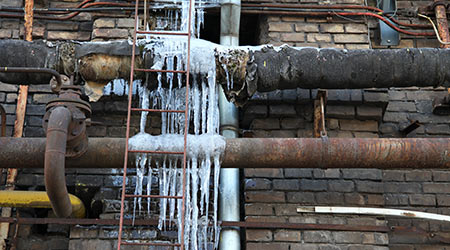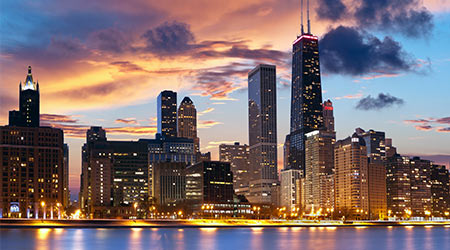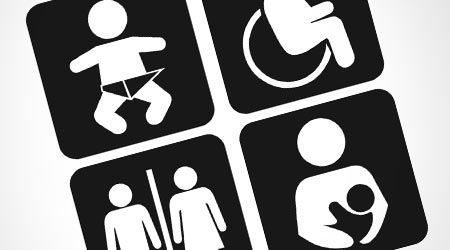
Cold Weather Exposes Facility Condition Woes
January 17, 2018
Maintenance and engineering departments in institutional and commercial facilities too often are seen only as cost centers — operations that take precious finances away from the facility’s core mission, whether that mission is education, patient care, or government. That view lasts until something in a facility goes wrong. Then building owners and occupants realize that a relatively small investment might have prevented the large, disruptive and even more costly problem they now face.
Weather extremes are one common trigger for these situations. The recent spell of cold weather exposed the poor state of school buildings in many big-city districts, such as Baltimore, where the failure of heating systems closed dozens of institutions after children were left shivering in frigid classrooms. Schools were challenged in other cities affected by the cold snap, including Philadelphia and Bridgeport , Connecticut's largest city, as pipes burst, heating units froze and other pieces of decades-old infrastructure gave out under the strain of record-breaking cold, according to a report by ABC News.
It's no wonder; investment in school construction and maintenance has been falling steadily since the recession, according to an analysis by The Associated Press.
Columnist: The real cost of deferred maintenance
Experts who have been sounding alarms about the state of many public school buildings say the problems that struck last week are a direct result of years of inadequate funding for basic upkeep. The need is especially great in urban centers where older buildings serve poorer children and maintenance is often put off until it becomes an exponentially more costly emergency repair, says Mary Filardo, executive director of the nonprofit 21st Century School Fund, which advocates for better facilities.
Read: Preventive boiler maintenance strategies
"The systems are vulnerable because they're old and they're well beyond their useful life, and so they fail," Filardo says. In Baltimore, six schools were still closed early this week, down from 60 at the height of the district's heating crisis. Images circulated on social media last week of Baltimore students bundled up in winter jackets in their classrooms and rubbing their hands together for warmth.
At Lakewood Elementary School, a 1960s-era building in an East Baltimore neighborhood marred by derelict row homes, children were sent back home recently after pipes burst just as buses began dropping youngsters off.
Nationwide, spending on construction and maintenance of school facilities, including staff salaries and benefits, peaked in the 2008-2009 school year at an inflation-adjusted $132 billion, according to the AP analysis of federal data on school spending. That spending fell to $102 billion in 2013-2014, the most recent year for which data are available.
The American Society of Civil Engineers gave public school buildings an overall grade of D in its 2017 report card, finding that about one in four of the country's nearly 100,000 school buildings are in fair or poor condition and a funding gap of $38 billion between what schools are and should be spending to renew facilities.
This Quick Read was submitted by Dan Hounsell — dan.hounsell@tradepressmedia.com — editor-in-chief of Facility Maintenance Decisions.
Next
Read next on FacilitiesNet












